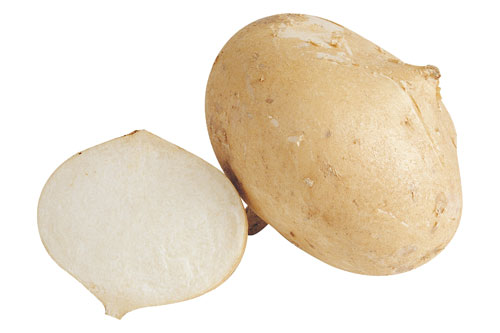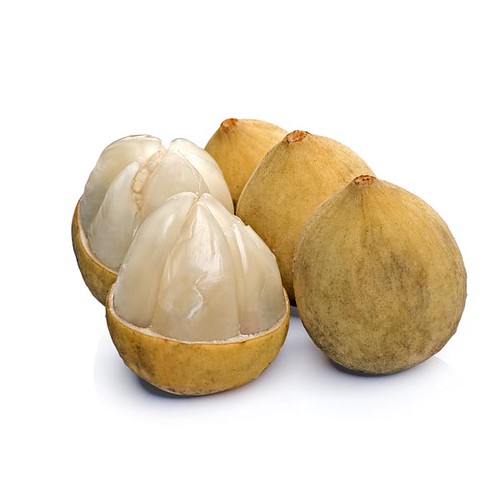
So your weight is within the normal BMI (Body Mass Index) range, and you fit into your size small or medium clothes just fine. Why do you need to worry about nutrition or exercise if you seem to feel and look "healthy?" It turns out, that even though an individual has a normal weight and size, a poor diet can cause them to have unseen health problems. Failure to maintain a healthy diet and exercise plan allows your body to assume the state of being “skinny fat.”

Eating a diet consisting of high sugar content, processed foods, and solid fats leads to the storage of what is called visceral fat. Visceral fat is the fat that is stored in your abdomen in between your organs. There are two main kinds of fat: subcutaneous fat and visceral fat. Subcutaneous fat is the kind that is stored just beneath the skin. It can be found in your stomach, arms, neck, and even the soles of your feet. This kind of fat is healthy and essential in moderate amounts. Too much can lead to overweight and obesity, which come with a host of problems. However, the hidden killer is visceral fat.
Visceral fat wraps around your inner organs-- the heart, liver, lungs, and other major organs. Carrying excess amounts of visceral fat can be one of the symptoms of metabolic syndrome. This disease provides a host of other symptoms such as high blood pressure, high cholesterol, and elevated insulin levels. Having visceral fat has also been linked to stroke, heart disease, diabetes, breast cancer, and dementia, among other adverse health conditions.
The problem with visceral fat is that it can be hiding even in relatively thin people. This means that even those who think they're safe and attribute genetics to their physique are not safe from the negative effects of a poor diet. Weight is simple a clue that doctors look for to indicate the state of an individual's health. However, it’s not the be-all-end-all diagnosis. In fact, when a thin person is diagnosed with diabetes they have twice the risk of death compared to that of an overweight person diagnosed with the same disease.
Look at it this way: some cars show their age and you can tell how old it is by the exterior. However, some cars look to be in deceivingly good condition-- until you check under the hood.
What To Do

Whether you feel you need to lose a few pounds or you haven't ever thought you needed to worry about your weight, everyone should strive to eat better and exercise. Eat a diet full of a variety of fruits and vegetables. They should take up half your plate or more. Cut down on added sugars such as soda pop and sugary treats, and choose lean protein instead of bacon or red meat. Avoid processed foods (most things in a package) as much as possible, as these can contain significant amounts of added sugars and extra fat. Additionally, it is important to have whole grains in your diet. This includes whole wheat bread, brown rice, whole wheat pasta, oatmeal, and quinoa.
Try to find ways to be more active that you enjoy. If you hate working out, do Zumba or play a game of soccer with your friends/family. The recommended guideline for the average person is to do 150 minutes a week of moderate activity (rule of thumb: you can still talk while you're doing the activity, but not carry on a conversation easily). Incorporate resistance training into your life (lifting, pushing, and carrying heavy things). This will add to your muscle stores so that you have the strength to do your daily tasks well into your old age, as well as increasing your resting metabolism so that you burn more calories at rest.
All of these tips will help prevent you from developing problems down the road from fat you didn't even know you were accumulating. If you're concerned you might be "skinny fat," have your provider test your blood sugar, blood pressure, triglycerides, and blood cholesterol levels. These results will give a good basic picture of your current state of health.
Sources:
http://www.womenfitness.net/wfimgank8/emo_wt_loss.jpg
http://www.prevention.com/weight-loss/flat-belly-diet/flat-belly-diet-subcutaneous-and-visceral-belly-fat
http://time.com/14407/the-hidden-dangers-of-skinny-fat/
http://www.huffingtonpost.com/dr-mark-hyman/skinny-fat_b_1799797.html
http://www.weightlossforall.com/wp-content/uploads/2010/08/visceral-fat.jpg
http://elanperformance.com/wp-content/uploads/2013/06/healthy-habits.jpg



















